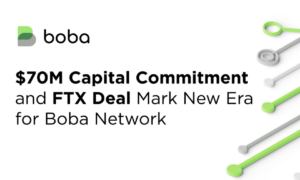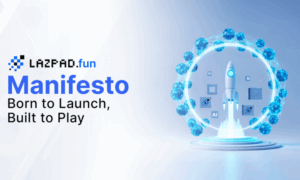Bringing attention to the vital synergy between public assistance programs and healthcare systems, this increasingly important topic is championed by Sri Rama Satya Prasanth Vuppuluri, a visionary in healthcare integration. His work highlights innovative strategies designed to reshape service delivery and enhance outcomes for vulnerable populations.
The Power of Integration
Integrating public assistance with healthcare systems bridges gaps, aligning social and medical services. This approach reduces hospital admissions by up to 50%, enhancing resource utilization and outcomes for chronic conditions. Addressing social determinants alongside medical needs promotes equitable care, offering vulnerable populations cohesive support and transforming care delivery while addressing systemic inefficiencies.
Efficiency and Cost Savings
Integrated systems enhance operational efficiency, with shared data platforms improving care coordination by 31% and reducing service duplication by 24%. They also cut healthcare costs by up to 30%, generating $2.57 in savings for every dollar invested through fewer emergency visits and hospital readmissions. By eliminating redundancies, these models free resources for preventive care and chronic disease management, driving long-term health improvements and financial sustainability for healthcare providers and public programs.
User-Centric Innovations
Integrated healthcare systems redefine the user experience. Patient satisfaction rates in integrated care settings have surged by 45%, highlighting the effectiveness of coordinated services. Complex care patients benefit most, reporting improved access to services and better care quality. Waiting times for specialist appointments have decreased by 34%, enhancing the overall healthcare journey.
Enhanced user experience is also marked by greater accessibility and improved communication. Beneficiaries navigate services more easily through streamlined processes, while providers are better equipped to address patient needs holistically. This dual focus on efficiency and satisfaction sets the stage for widespread adoption.
Strategies for Seamless Integration
Implementing these systems requires meticulous planning. Collaborative partnerships, supported by clear governance frameworks, form the backbone of successful integration. Integrated data systems, leveraging cutting-edge technology, have proven to streamline information flow and reduce documentation errors by 38%. Additionally, coordinated service delivery approaches, such as the “no wrong door” policy, have increased successful referrals by 41%.
Scalable models and adaptive frameworks are critical to long-term success. Policymakers and stakeholders must foster environments conducive to innovation, encouraging flexibility while ensuring compliance with data governance and security standards. Investments in training and infrastructure further bolster integration efforts.
Navigating Challenges
Integration faces challenges like data privacy, with 71% of healthcare organizations reporting cyberattacks annually. Comprehensive security frameworks reduce incidents by 63%. Interoperability requires standardized protocols and training to enhance utilization. Early stakeholder engagement boosts adoption. Overcoming these barriers demands tailored solutions, phased implementation, and risk-based resource allocation, emphasizing cross-sector collaboration to achieve seamless and impactful integration.
Driving Innovation Forward
Emerging technologies pave the way for next-generation integration solutions. Telehealth, which surged in adoption during the pandemic, continues to expand access to care, especially for underserved populations. Integrated telehealth platforms have reduced hospital readmissions by 35%, underscoring their transformative impact.
Artificial Intelligence (AI) and Machine Learning (ML) are revolutionizing service delivery. AI-driven diagnostic tools have improved accuracy by 23% while reducing medication errors by 31%. Predictive models leveraging AI have also demonstrated an 84% success rate in identifying preventable hospitalizations. Blockchain technology is further enhancing data security and interoperability, with advanced encryption protocols reducing security incidents by 91%.
Mobile-First Approaches
Mobile innovations are another game-changer. AI-powered mobile health platforms have increased patient engagement by 156% and improved medication adherence by 47%. By reducing missed appointments and administrative costs, these solutions contribute to a more efficient and patient-friendly healthcare ecosystem.
Mobile-first strategies amplify the reach of integrated systems. By leveraging widespread smartphone usage, healthcare providers can engage patients proactively, fostering adherence and enabling real-time monitoring. These innovations are central to the future of personalized care.
In conclusion, Sri Rama Satya Prasanth Vuppuluri highlights that integrating public assistance and healthcare systems holds immense promise for creating equitable and efficient support networks. By embracing innovation, addressing challenges, and fostering collaboration, stakeholders can unlock the full potential of integrated systems. The journey ahead lies in balancing technological advancements with a steadfast commitment to improving beneficiary outcomes.



































